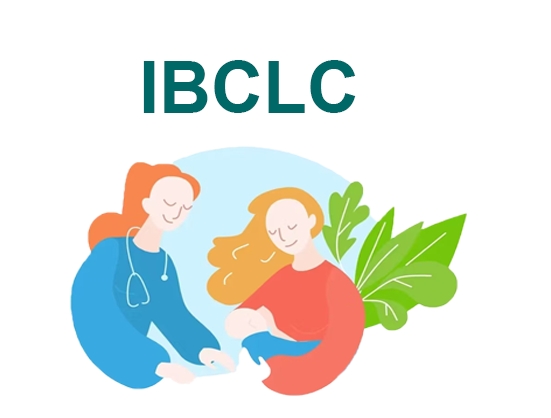- This topic is empty.
-
AuthorPosts
-
01/07/2025 at 10:41 #4131
In the midst of the joy of being a first-time mom, the anxiety of not having enough milk can creep up on you, even making you feel guilty and helpless – Please believe , you are not alone! Early postpartum lactation challenges are a common experience for many moms. Let's let go of unnecessary self-doubt and face this temporary dilemma together with scientific knowledge and warm actions.

Scientific judgment: Is there really “no milk”?
1. Professional assessment:
Timely consultation: 72 hours after delivery is the critical period for lactation, immediately contact your obstetrician, nurse or professional International Board Certified Lactation Consultant (IBCLC).

2. Rule out pathological factors:
Check for abnormal breast development (e.g., insufficient breast tissue), endocrine problems (abnormal thyroid function, pituitary disease), postpartum hemorrhage (affecting pituitary function).
3. Distinguish between “insufficient lactation” and “delayed lactation”:
Primary insufficient lactation (less common): This refers to the fact that after adequate and proper professional guidance and efforts (usually weeks of continuous efforts), the mother's milk supply is still unable to meet the basic needs of the baby's growth and development (as determined by the doctor or IBCLC). This requires a medical diagnosis.
Delayed lactation:
In the early postpartum period, lactogen is the mainstay of milk production. The stimulation of the nipple areola by the baby's effective suckling and the mother's perceived presence of the baby (visual, tactile, auditory, etc.) work together in the hypothalamus to prompt the pituitary gland to release prolactin.
Peak levels of prolactin secretion are essential for establishing adequate milk synthesis early on.
Continuous and frequent suckling stimulation helps to maintain high levels of prolactin in the early postpartum period, thus “activating” more mammary cells and laying a solid foundation for the subsequent establishment of a sensitive “on-demand milk production” mechanism. This is why it is emphasized to breastfeed/stimulate frequently (every 2-3 hours) in the early postpartum period, even if you do not see or feel any visible milk for a while.
So, “feeling no milk” in the early postpartum period ≠ having to give up breastfeeding!
For the vast majority of mothers with “delayed lactation”: with early, continuous and effective stimulation (mainly baby sucking, supplemented by hand milking/pumping if necessary), professional support and patience, milk production can usually be gradually increased, and exclusive or mixed breastfeeding can be achieved eventually. Consistency and the right approach are key!
Regardless of the feeding method, the love, warmth and security you give your baby is irreplaceable and the most valuable gift. Let go of the anxiety, embrace the science, and embrace that self that is already doing a great job! You, are your baby's best mom.
http://www.jxphome.com
Jiangxi Partner Home Co., Ltd. -
AuthorPosts
- You must be logged in to reply to this topic.